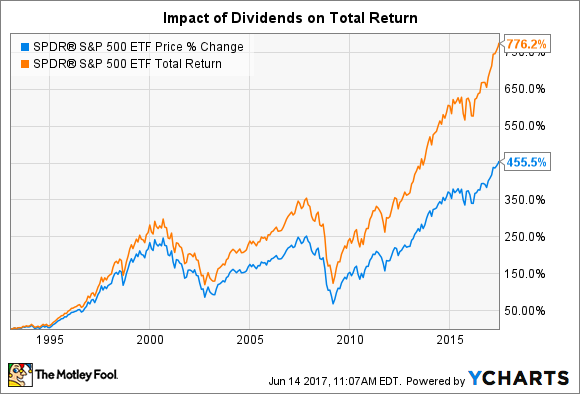Maximizing your Retirement: Harnessing the Power of Dividend Stocks
As individuals plan for retirement, one crucial consideration is how to generate a reliable income stream to sustain their lifestyle during their golden years. While traditional avenues such as pensions and Social Security play a role, many retirees turn to dividend stocks as a source of steady income. In this article, we'll delve into the pros and cons of incorporating dividend stocks into your retirement income strategy.
Pros of Dividend Stocks:
High Yield Potential: Dividend stocks have the potential to provide attractive yields compared to other investment options. Many companies with a history of dividend payments offer yields that exceed those of government bonds or savings accounts, making them an appealing choice for income-oriented investors.
Potential for Growth: In addition to providing regular income through dividends, dividend stocks also offer the potential for capital appreciation. Companies that consistently grow their dividends often see their stock prices rise over time, providing investors with the opportunity to benefit from both income and growth.
Tax Advantages: Qualified dividends from eligible stocks are taxed at lower rates than ordinary income, providing tax advantages for retirees. This can help reduce the tax burden on retirement income, allowing investors to keep more of their earnings for themselves.
Cons of Dividend Stocks:
Volatility Risk: Like all equities, dividend stocks are subject to price fluctuations and market volatility. During periods of market downturns or economic uncertainty, dividend stocks may experience declines in value, leading to fluctuations in retirement income.
Company Risk: The sustainability of dividend payments depends on the financial health of the issuing company. If a company experiences financial difficulties or cuts its dividend, investors may see a reduction in their income stream. Diversification across multiple dividend-paying stocks can help mitigate this risk.
Market Risk: Dividend stocks are also subject to broader market risks, including interest rate fluctuations, geopolitical events, and sector-specific challenges. Investors should be prepared for the possibility of market downturns impacting the value of their dividend stock holdings.
To showcase the significant impact of dividend reinvestment on wealth accumulation over time, we have included the following image taken from The Motley Fool. By comparing total returns with and without reinvested dividends, the image highlights the potential for exponential growth in retirement savings through consistent dividend investing strategies. This visual representation reinforces our core message, emphasizing the importance of dividend stocks in providing a reliable income stream during retirement.
In conclusion, dividend stocks can be a valuable component of a retirement income strategy, offering the potential for high yields, capital appreciation, and tax advantages. However, it's essential to consider the risks associated with dividend investing and to diversify your portfolio to manage volatility and company-specific risks effectively.
Stay tuned for the next installment, where we'll explore fixed income investments as another retirement income option.
Material discussed is meant for general informational purposes only and is not to be construed as a recommendation or advice. Please note that individual situations can vary therefore, the information should be relied upon only when coordinated with individual professional advice. All investments contain risk and may lose value. Equities may decline in value due to both real and perceived general market, economic and industry conditions.
Gracio Garcia is a Registered Representative and Financial Advisor of Park Avenue Securities LLC (PAS) 160 Gould Street, Suite 310, Needham, MA 02494, (781) 449-4402. Securities products/services and advisory services are offered through PAS, a registered broker-dealer and investment advisor. Field Representative, The Guardian Life Insurance Company of America (Guardian), New York, NY. PAS is a wholly owned subsidiary of Guardian. The Bulfinch Group is not an affiliate or subsidiary of PAS or Guardian. Life insurance offered through The Bulfinch Group Insurance Agency, LLC, an affiliate of The Bulfinch Group, LLC. The Bulfinch Group, LLC is not licensed to sell insurance. The Bulfinch Group is not registered in any state or with the U.S. Securities and Exchange Commission as a Registered Investment Advisor. CA Insurance License #0K24081; FL Insurance License #P179788. PAS is a member FINRA, SIPC. 2024-171945 Exp 4/26

